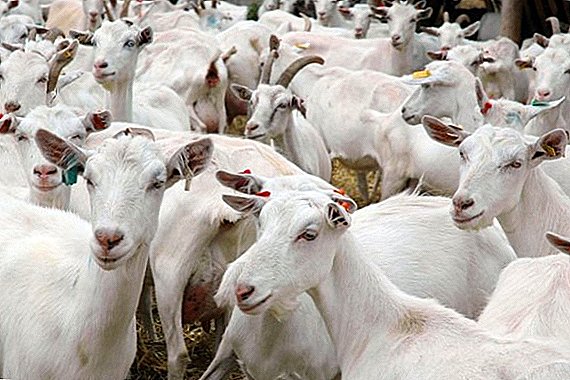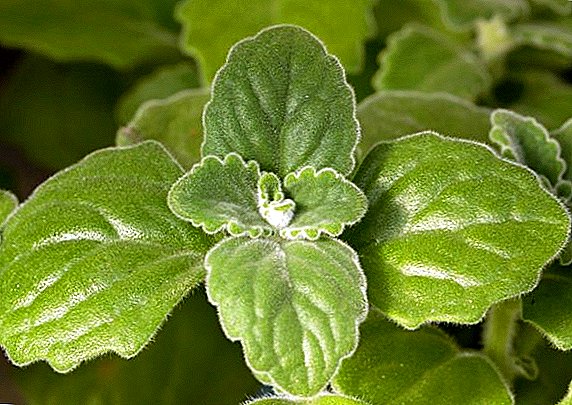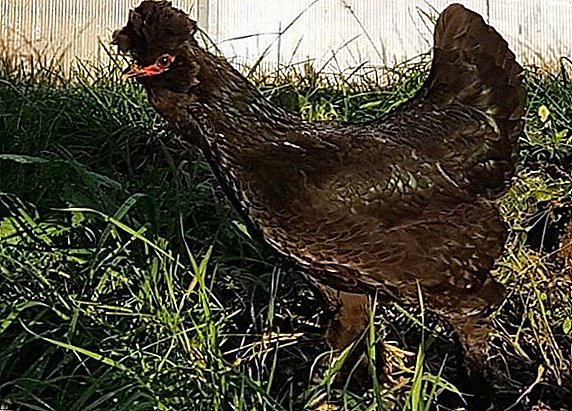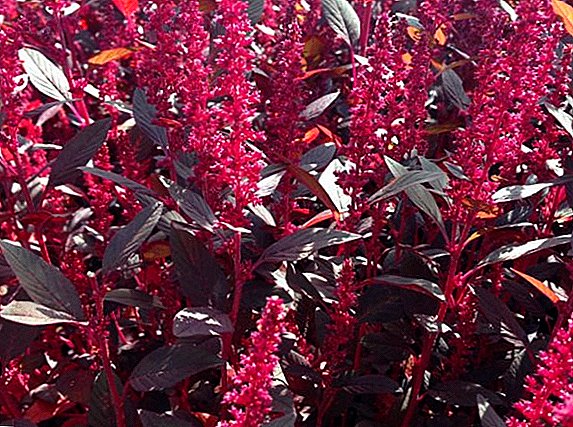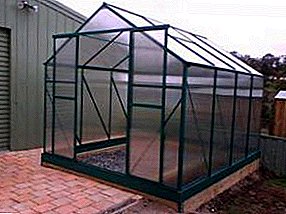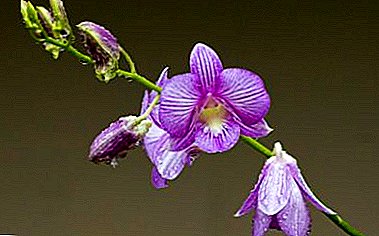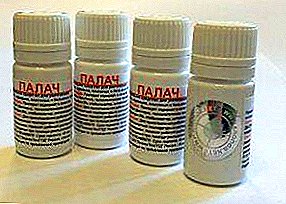
It happens that the loss of potato yields, under the influence of pests and various diseases, reaches incredible proportions.
Then comes time of special chemical treatments, the main of which is considered the processing of fungicides. Today, the use of such drugs are the main component of excellent yield.
Fungicides - chemicals based drugsable to both destroy the disease and prevent their development.
Classification
The nature of the impact of fungicides are divided into 3 groups:
- Protective, which are aimed at preventing the development of potato diseases. Such drugs perform only a protective function, therefore cannot cure already infected crops.
They have surface localization and are not able to penetrate inside. Affect mainly the reproduction of pathogenic fungi. The range of effects of such drugs is very narrow. - Healing, which able to completely destroy the mushroomsalready penetrated into the plant.
- Immunizingwhich, entering the plant tissue, alters the plant metabolism and prevents infection by various fungal diseases or disrupt the disease processes that determine the occurrence, course and outcome.

Depending on the distribution method, fungicides are divided into:
- Contact, affecting the focus of the disease only with direct contact with him. Such fungicides are not able to penetrate the plant and are distributed only on the surface.
- System, able to penetrate inside and move around the body of the plant, destroying the pathogenic flora, despite its localization.
How to act?
The impact of fungicides occurs in the following ways:
- violation of the respiratory processes of fungi;
- suppression of nuclear division in fungal cells;
- the formation of natural antibiotics in the plant;
- the formation of necrotic areas that serve as a barrier for pathogens on the path to healthy tissues;
- oppression of energy exchange;
- suppression of nucleic acid formation, etc.

Fungicides for potatoes are produced in the following forms:
- powdered;
- liquid.
Application
Drugs depending on the form of release and the purpose of useApply in several ways:
- Seed dressing
- Spraying, hand sprayers or agricultural machinery are used for this method.The multiplicity of spraying depends on the duration of exposure of the drug, the vegetation rate of the plant, as well as the risk of disease recurrence.
- Application to the soil, this method is used to combat pathogenic flora directly in the soil. Most fungicides for tillage are not selective., which allows them to destroy both fungi and bacteria, and larvae of pests.
From late blight
The most popular fungicides for potatoes against late blight and Alternaria are:
- Abiga Peak;
- Buzzer;
- Poliram DF;
- Quadris;
- Revus;
- Kuproksat;
- Ridomil Gold MC;
- Metaxil;
- Sectin phenomenon;
- Acrobat MC, etc.

The most important component of the integrated measures for the protection of potato plantations is strict adherence to the processing of potatoes.
The first (prophylactic) spraying is performed before the onset of the disease when closing the tops in the rows (bush height 15-20 cm).
The second processing is done 1-, 1-5 weeks after prophylaxis.
Subsequent processing is performed every 7-8 days (during drought) or 4-5 days (in rainy weather) up to harvesting the tops.
In preventive treatment, both contact and a mixture of contact and systemic fungicides can be used. Further processing is carried out only contact drugs..
Flanobin
 Today, there is a drug that has positively proven itself in the fight against a complex of diseases of potatoes.
Today, there is a drug that has positively proven itself in the fight against a complex of diseases of potatoes.
Fungicide on potato "Flanobin" - two-component drug contact-translaminar exposure.
This drug has many advantages:
- high level of protection of potatoes against diseases;
- prolonged action (up to 2 weeks);
- good antisporulation;
- high resistance to precipitation;
- increases stress resistance of plants;
- reduces the risk of infection of tuber crops.
Most of the drugs aimed at combating potato diseases have a low degree of toxicity for warm-blooded animals and humans. But still worth observing safetyworking with them.
In order to avoid or minimize the negative impact of drugs on the environment should strictly adhere to the standards specified on the package consumption, terms and methods of use. It is also important to use fungicides only on recommended cultures.


